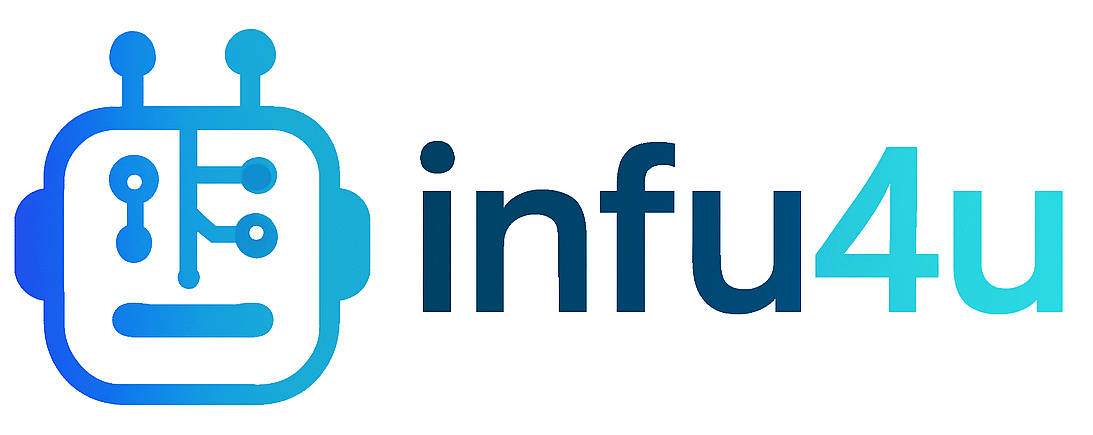Best Free AI Tools for Students, Creators, and Businesses (2025 Edition)
Introduction: Why Free AI Tools Matter in 2025
As Best Free AI Tools for Students, Creators, and Businesses (2025 Edition) shows, the landscape of AI tools has dramatically shifted. From powerful writing assistants to creative design platforms, many high-quality tools are available with free tiers that were unthinkable just a few years ago. For students, they lower barriers to research and learning; for creators, they unlock creative expression without huge costs; for businesses, they help with automation, customer support, and insights without big budgets.
Free tools mean different things: it may be limited usage (word count, compute time), watermarking in output, feature restrictions, or requiring credit card for upgrades. It’s vital to understand those limits so you can choose tools that truly work for your goals.
How to Choose the Right Free AI Tool
Identify Your Primary Needs
- What is your goal? Writing essays, designing graphics, editing videos, summarizing research, generating code?
- Tailor tools by domain: academic writing tools are different from video editors, which differ from workflow automators.
Usability & Learning Curve
- Choose tools with intuitive interface; ideally with tutorials or community support.
- Students may need simpler UIs, creators more visual tools, businesses more integration capabilities.
Privacy, Security, and Terms of Service
- Free doesn’t equal risk-free: check how your data is stored, shared.
- Are prompts, content stored? Is there human moderation? Are there export rights?
Scalability & Upgrade Paths
- As your needs grow, can you move to a paid plan affordably?
- Some “free” tools are entry-level only; others are generous enough to stay useful long term.
Best Free AI Tools for Students
Tools for Writing & Research
| Tool | Strengths | Limitations |
|---|---|---|
| ChatGPT Free Version | Great for brainstorming, drafting essays, getting explanations | May give generic responses; sometimes needs prompt refinement |
| Grammarly Free | Grammar, style, tone suggestions; browser extension helpful | Premium needed for plagiarism checks, advanced style |
Tools for Learning & Study Skills
- Khan Academy & AI-powered practice tools: explainers, worked problems.
- Quizlet: generating flashcards; some AI summarization in newer features.
Tools for Organization & Productivity
- Notion Free: student plan gives many blocks; helpful for managing projects or research.
- Trello Free: simple project boards.
- Google Workspace Free G-Suite for Education: Docs, Slides, Drive etc.
Best Free AI Tools for Creators
Design & Image Creation
- Canva Free: templates, design assets; has AI-assisted features.
- Fotor / Photopea: free image editor alternatives to Photoshop.
- DALL-E Mini / Stable Diffusion (free-tier or open source): for generating original visuals.
Video & Audio Content
- CapCut Free: video editing; many effects without payment.
- Audacity: for audio editing; though not heavily AI, useful and free.
- Descript (free tier): transcript-based video/audio editing; limited export options.
Content Planning & Marketing Assistance
- Buffer Free / Hootsuite Free Tier: schedule social media posts.
- AnswerThePublic: get content ideas based on what people search.
- Copy.ai Free Tier: AI copywriting for blogs, ads, etc.
Best Free AI Tools for Businesses
Automation & Workflow
- Zapier Free Plan: connect apps with automation; limited tasks per month.
- IFTTT Free: simpler automations between services.
Customer Support & Chatbots
- Tidio Free: chatbot for websites.
- Chatbot.com Free Tier: basic bots for FAQs.
Data Analytics & Insights
- Google Analytics: standard free version remains powerful.
- Microsoft Power BI Free: some features gratis for individuals.
- Google Sheets + AI Add-ons: tools like Explore, Smart Fill.
Cross-Category Tools Everyone Should Try
- OpenAI’s Free-Tier GPT Models: ideal for all-round tasks — writing, summarization, generation.
- Hugging Face Spaces & Models: free models, especially for image generation, NLP, experimentation.
- Stable Diffusion (open source versions): for creators and experimentation.
- GitHub Copilot Labs (free previews / limited): code generation & assistance.
Challenges & Pitfalls of Free AI Tools
- Usage caps & feature restrictions: the free tier often has limits.
- Privacy and data use: data entered into “free” tools may be used to train models. Always check the terms.
- Bias, errors, hallucinations: AI tools are not always accurate; critical thinking needed.
- Dependency risk: relying too much may stifle learning or creativity if you don’t understand fundamentals.
Tips to Maximize Free AI Tools
- Use Toolchains: Combine tools — e.g. brainstorming in ChatGPT → draft in Google Docs → polish with Grammarly.
- Leverage Communities: Tutorials, forums, open source repos often help you squeeze more out of free tiers.
- Plan Your Upgrades: Know when you need to upgrade so your workflow isn’t disrupted.
- Protect Your Data: Use dummy or anonymized data where possible; back up outputs.
Future Trends: What’s Coming in Free AI in 2026 and Beyond
- Expansion of open-source AI ecosystems making more tools free and modifiable.
- Smarter, more capable free tiers: less watered-down versions.
- Stronger emphasis on ethics, privacy, transparency.
- Tools designed specifically for underserved regions (low bandwidth, local languages) gaining traction.
FAQs
Q1: What exactly does “free tier” mean in AI tools?
A1: A free tier means you can use some portion of the tool’s features at no cost. Usually with limits — usage caps (e.g. number of calls, characters), watermarked output, fewer templates, no priority support. You should read the provider’s documentation to see “free” details.
Q2: Are free AI tools safe for academic work?
A2: Mostly yes, if used wisely. But check plagiarism policies, ensure you properly cite, verify generated content (facts, data), and avoid using tools in ways banned by your institution.
Q3: Can creators build professional-quality content using free AI tools?
A3: Yes — many creators do. But often you may need to combine tools, refine outputs manually, or accept some limitations (branding, resolution, customization).
Q4: At what point should a business consider upgrading from free tools?
A4: When free limits (volume, speed, features) hamper growth; when support, security, compliance are crucial; or when automation and integration needs increase significantly.
Q5: Do free AI tools respect user privacy?
A5: It depends on the provider. Some clearly state that your data is private; others may use data to improve models. Always read privacy policies and terms of service.
Q6: Will free AI tools replace paid plans completely in the future?
A6: Unlikely entirely. Paid plans offer more reliability, features, support, and often enterprise-level permissions. But free tiers will get much better, reducing the gap.
Conclusion
The Best Free AI Tools for Students, Creators, and Businesses (2025 Edition) show that we are in a golden age for accessible AI. Whether you’re drafting an essay, designing social media content, or automating customer support, there are powerful tools you can start using today — with minimal cost. The key is choosing the right ones for your goals, understanding their limitations, and combining them smartly. Try them out, adapt as you grow, and you’ll make the most of what free AI can offer in 2025 and beyond.





